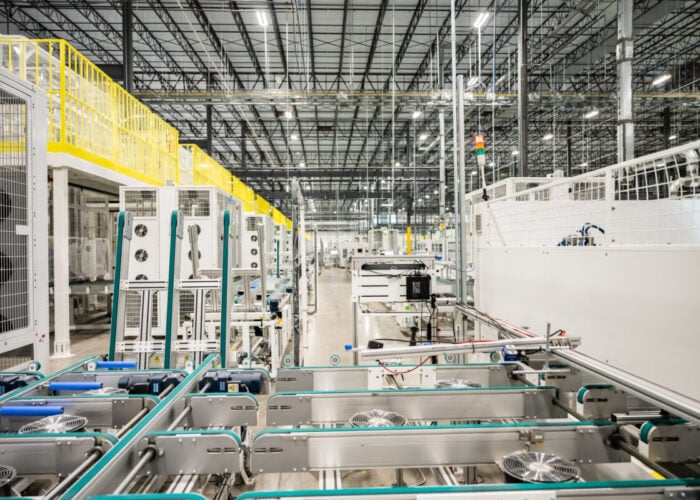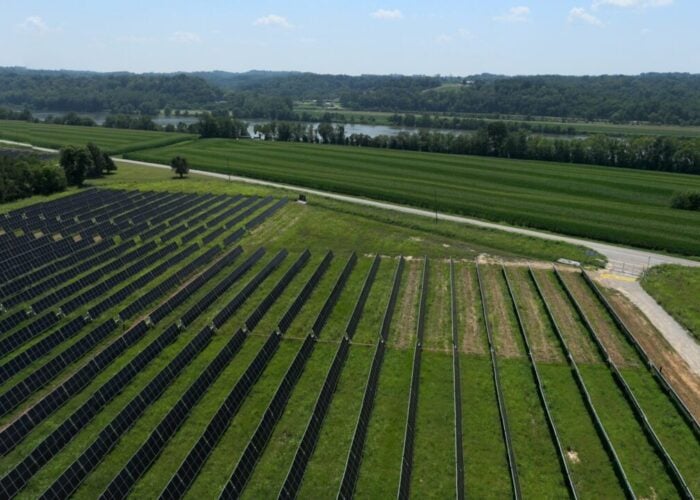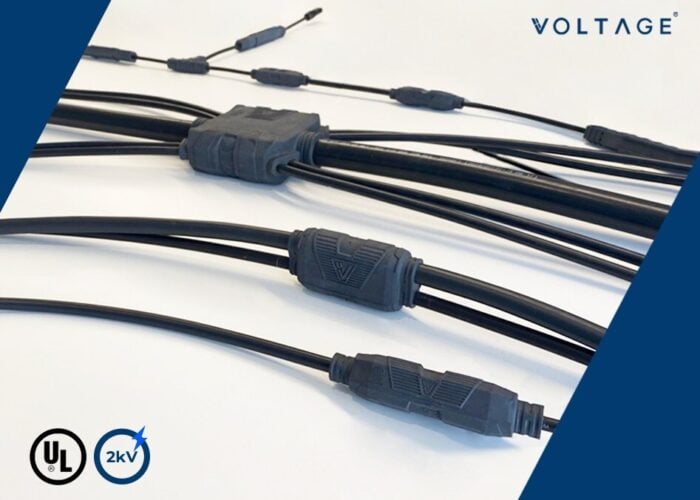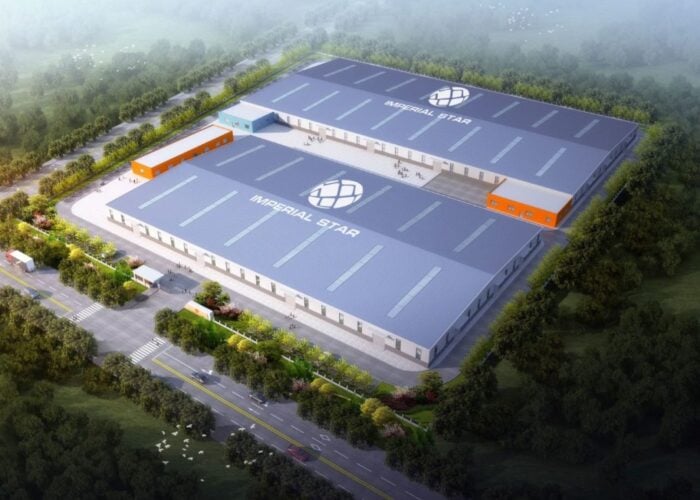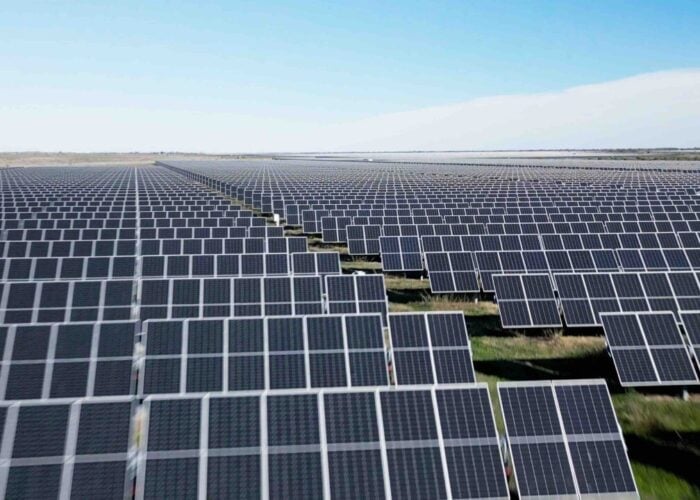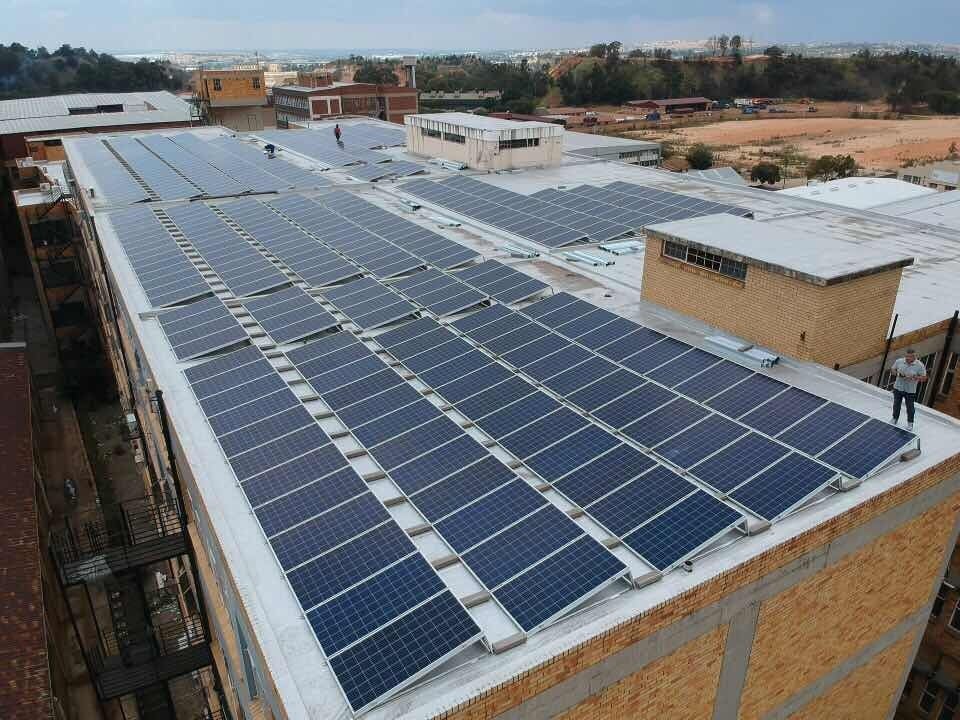
The fresh tariffs placed on Chinese solar inverters are unlikely to create major procurement challenges or have serious implications for those manufacturing in China.
Tariffs of 10% have been applied to Chinese-made inverters as of 24 September, rising to 25% for 2019.
Try Premium for just $1
- Full premium access for the first month at only $1
- Converts to an annual rate after 30 days unless cancelled
- Cancel anytime during the trial period
Premium Benefits
- Expert industry analysis and interviews
- Digital access to PV Tech Power journal
- Exclusive event discounts
Or get the full Premium subscription right away
Or continue reading this article for free
Scott Moskowitz, senior analyst, at Wood Mackenzie Power & Renewables, formerly GTM Research, expects the impact to be modest.
“There won’t be a supply crunch of inverters in the US, but folks will certainly rush to beat the tariff, and it certainly will affect pricing for inverters across the board in the US,” he told PV Tech. “Overall, it is mostly another headache for developers and installers who have had to deal with a barrage of tariffs over the past year on modules, steel, and other componentry.”
“With a 25% tariff, the impact of pricing on Chinese imports will be in the US$0.01-0.03/Wac range depending on the product type. The price of an inverter as a share of the overall system ranges from 3% to 8% of overall capital spend,” added Moskowitz. He noted that 4% of central inverters imported to the US were from China in 2017 and 70% of residential inverter imports.
Lucy Lu, marketing director at Chinese inverter firm Ginlong said much of the 10% tariff is largely offset by exchange rates at present.
“When the tariff goes up to 25%, we’re going to make some adjustments, on the one hand, we will find some mature electronic OEM factories overseas to solve the problem at that time.
“Of course, our company attaches great importance to the American market. The good development of the global photovoltaic industry is a must and the overseas markets are a must-win place for Chinese PV enterprises. We will also do our best to gain more overseas market share,” she added.
Andy Tang, sales director at the Chinese microinverter firm Hoymiles agreed that currency shifts could wipe out the first 5% of the tariff. The US only accounts for 10% of their sales and Tang is confident that product innovation, in the face of the new rapid module level shutdown regulations, will give them an advantage.
He claims the new MI-1200, which meets the new NEC 2017 requirements, as well as performing all the expected Microinverter duties, across four panels offers cost per Watt saving in excess of the tariffs.
“Hoymiles will not give up [on the] US market, on the contrary, it’s Hoymiles’ good timing to invest more in the local market and help customers save money with the new four-module MI-1200 instead of traditional microinverters for only single or dual panels. Think about it, if you save 30-50% per Watt cost than before and in this case, the 25% tariff will be nothing,” added Tang.

